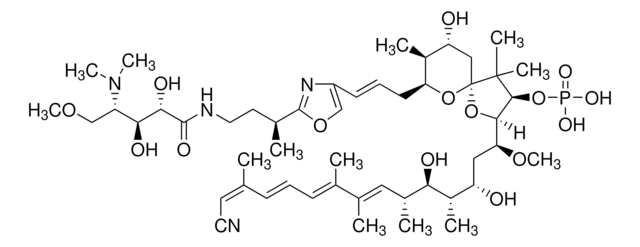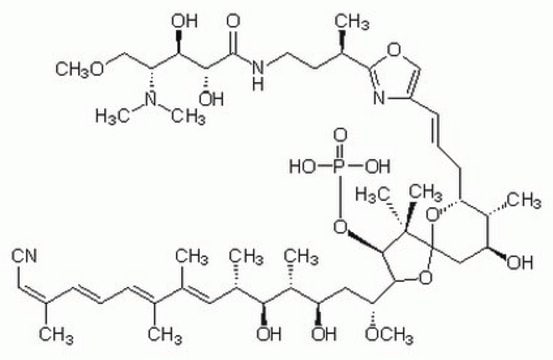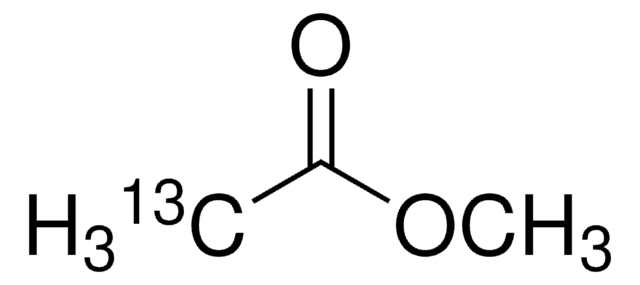About This Item
Recommended Products
grade
analytical standard
Quality Level
vapor density
2.55 (vs air)
vapor pressure
165 mmHg ( 20 °C)
Assay
≥99.9% (GC)
autoignition temp.
936 °F
shelf life
limited shelf life, expiry date on the label
expl. lim.
16 %
technique(s)
HPLC: suitable
gas chromatography (GC): suitable
refractive index
n20/D 1.361 (lit.)
n20/D 1.362
bp
57-58 °C (lit.)
mp
−98 °C (lit.)
density
0.934 g/mL at 25 °C
application(s)
cleaning products
cosmetics
environmental
flavors and fragrances
food and beverages
personal care
format
neat
SMILES string
COC(C)=O
InChI
1S/C3H6O2/c1-3(4)5-2/h1-2H3
InChI key
KXKVLQRXCPHEJC-UHFFFAOYSA-N
Looking for similar products? Visit Product Comparison Guide
General description
Application
- Quantitative analysis of seven volatile organic compounds (VOCs) in paint coating samples by dynamic headspace-gas chromatography-mass spectrometry (D-HS-GC-MS)
- Detection of 88 VOCs in breath samples of lung cancer patients using solid-phase microextraction (SPME) combined with GC-MS
- Development of a thermal desorption-gas chromatography-mass spectrometry (TDS-GC/MS) based method for the identification of very volatile organic compounds (VVOCs) in indoor air samples
Other Notes
Signal Word
Danger
Hazard Statements
Precautionary Statements
Hazard Classifications
Eye Irrit. 2 - Flam. Liq. 2 - STOT SE 3
Target Organs
Central nervous system
Supplementary Hazards
Storage Class Code
3 - Flammable liquids
WGK
WGK 1
Flash Point(F)
8.6 °F - closed cup
Flash Point(C)
-13 °C - closed cup
Personal Protective Equipment
Choose from one of the most recent versions:
Already Own This Product?
Find documentation for the products that you have recently purchased in the Document Library.
Customers Also Viewed
Our team of scientists has experience in all areas of research including Life Science, Material Science, Chemical Synthesis, Chromatography, Analytical and many others.
Contact Technical Service














